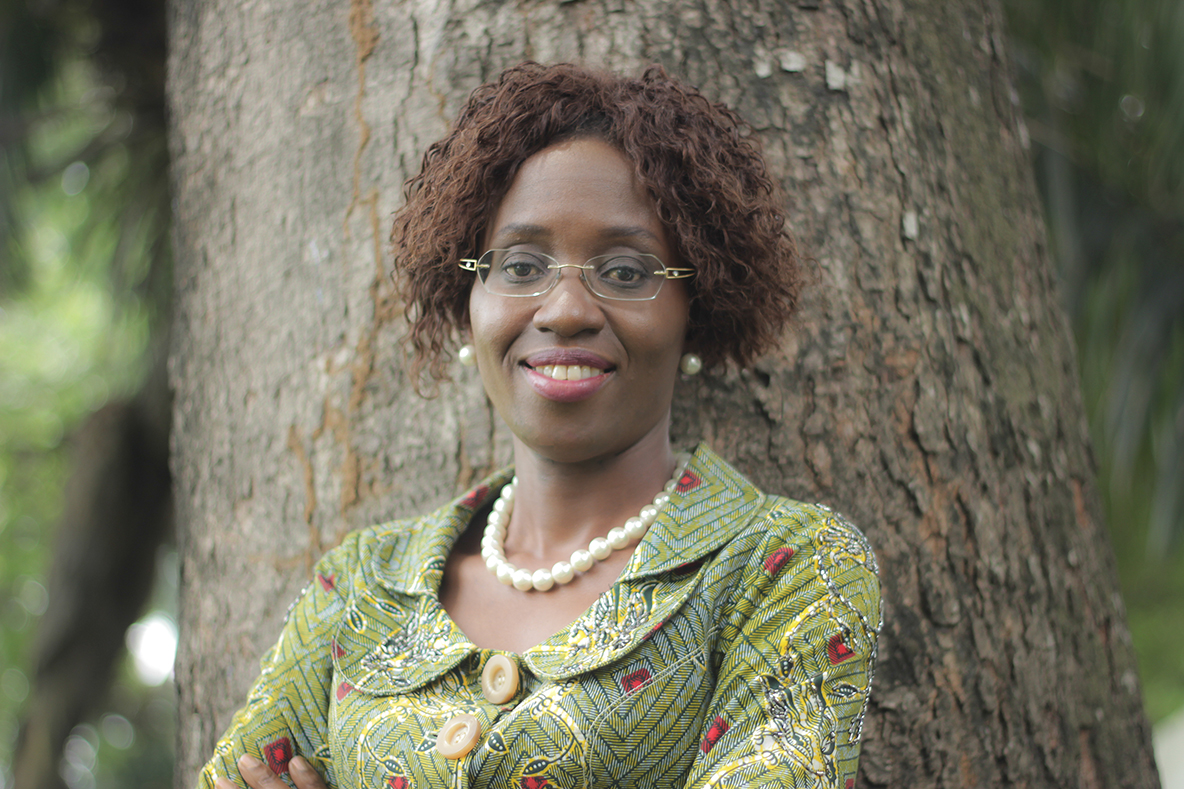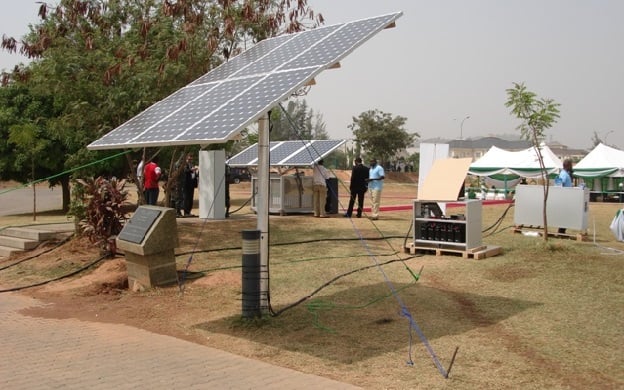Domestic violence and sexual abuse increase the risks of HIV among women, a new report by The Joint United Nations Programme on HIV/AIDS (UNAIDS) has revealed.
According to the report, “when women lead, change happens,” globally, in 2015, there were 18.6 million women and girls living with HIV, one million women and girls became newly infected with HIV and 470 000 women and girls died of AIDS-related illnesses.
“Women are leading change in increasing demand for and access to HIV and health services. This movement needs to grow to allow families to thrive, societies to flourish and economies to progress,” Michel Sidibé, executive director of UNAIDS, said.
“Women’s rights are human rights—no exceptions.”
Advertisement
The organisation said in high HIV prevalence settings, women who experience intimate partner violence are up to 50 per cent more likely to acquire HIV.
“A lack of access to education and health services and a lack of decision-making power are also contributing factors to women’s vulnerability to HIV,” UNAIDS said in its report.
UNAIDS said women must be allowed to go through school as every year of school has the possibility of reducing the risk of HIV infection by 11.6 per cent among girls.
Advertisement
“Structural, behavioural and biological factors are compounding the risk of HIV infection among women,” said Sidibé.
“Every girl should have the opportunity to stay in school, every young woman should have the decision-making power over her own sexual and reproductive health and all women and girls should be able to protect themselves against HIV.”
UNAIDS called for commitment to the 2016 United Nations Political Declaration on Ending AIDS.
The declaration is aimed at reducing the number of new HIV infections among adolescent girls and young women from 390,000 in 2015 to below 100,000 in 2020 by ensuring young people have the capacity to protect themselves against HIV and that young people have access to sexual and reproductive health services and combination HIV prevention options by 2020.
Advertisement
“Reaching the targets will require intensified and united efforts. Combining a range of evidence-informed health services and structural changes will be critical,” UNAIDS said.
“These include ensuring that girls can go to school and stay in school, that punitive and discriminatory laws are reformed and that women and girls are economically and socially empowered to ensure they have full control of their sexual and reproductive health rights.”
“Health services also need to be integrated. Making a range of integrated sexual and reproductive health services available to young women and adolescent girls without discrimination and without the need for parental consent improves access to services for HIV and related illnesses, such as tuberculosis, hepatitis and cervical cancer.”
Advertisement
Add a comment






